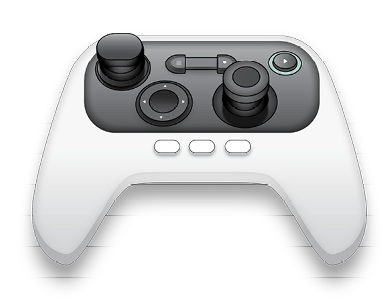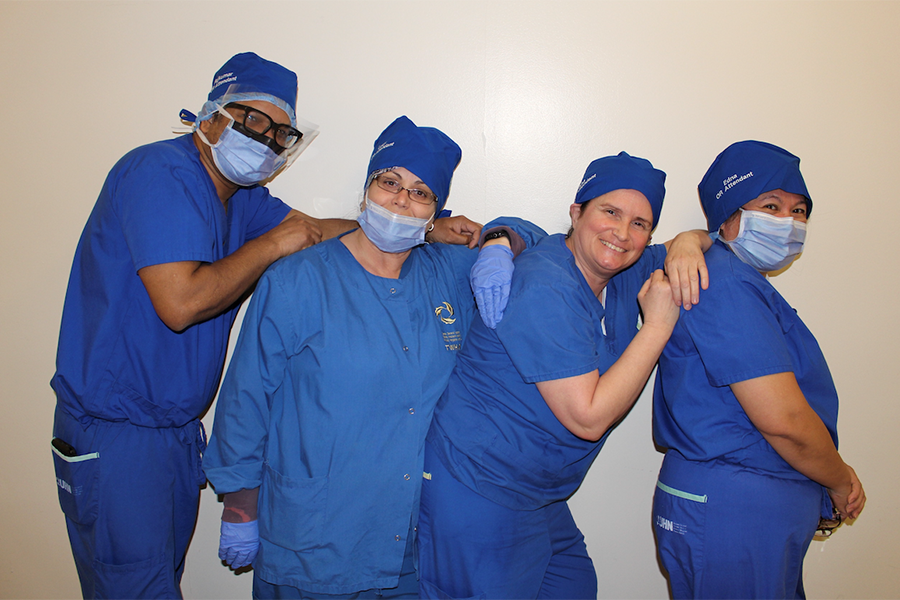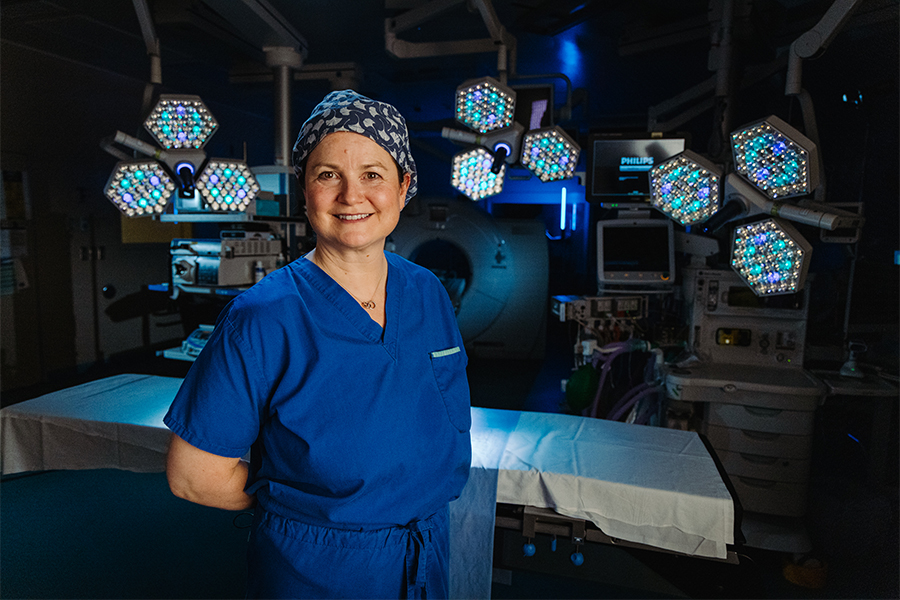Dr. Kazuhiro Yasufuku is the first surgeon in Canada to perform a robotic-assisted bronchoscopy. (Photo: Tim Fraser)
By Mark Brown
Dr. Kazuhiro Yasufuku isn’t much of a gamer, but if you put him in the right setting and hand him a controller, good luck trying to pry him away from the screen. His specialty is recon missions – ones that require him to penetrate deep inside sensitive territory to capture a hidden threat.
A 3D map and streaming video flash on a large heads-up display, guiding him with surgical precision through a labyrinth of branches that shoot off in all directions. While Dr. Yasufuku is steering his way to his target using something that resembles a reconfigured Xbox controller, this isn’t a game – he’s conducting a robotic-assisted bronchoscopy.

Robotic-assisted bronchoscopy is the next evolution in the fight against lung cancer, says Dr. Yasufuku, who is a scientist, inventor and surgeon all in one. The device allows him to send a probe through the patient’s airway into the perimeter of the lung to biopsy a tumour. Although Dr. Yasufuku, internationally recognized as a leader in the field of minimally invasive diagnostics and therapeutics for cancers in the chest cavity, has been manually performing this type of procedure for years, he says the new device improves the accuracy of a lung biopsy. “The robot has really revolutionized how we do surgery,” says Dr. Yasufuku, the Head of the Division of Thoracic Surgery in the Sprott Department of Surgery, where he leads the Interventional Thoracic Surgery and Thoracic Robotic Surgery programs.
Sprott Surgery’s Interventional Thoracic Surgery Program is the only one of its kind in Canada and the only centre in the country with a robotic-assisted bronchoscope. It starts with a specialized ultrasound system that Dr. Yasufuku, who is also the William Coco Chair in Surgical Innovation for Lung Cancer and the F.G. Pearson – R.J. Ginsberg Chair in Thoracic Surgery at University Health Network, helped develop earlier in his career to improve localization of a nodule in a patient’s lung. That image serves as a map to guide him as he uses a video game-like controller to steer the flexible catheter down the narrow passages to a precise nodule deep in the lung. Once the catheter is in place, surgeons can biopsy the tumour and analyze the sample, sometimes right in the room, to develop a treatment plan.
“It’s exciting that we were the first institution to use it in patients in Canada,” says Judy McConnell, Clinical Research Coordinator, Division of Thoracic Surgery, Sprott Department of Surgery, who manages Dr. Yasufuku’s translational research lab. The minimally invasive procedure reduces surgical complications and shortens hospital stays. “You’re in and out in a couple of hours,” she explains.
The precision offered by the robotic-assisted bronchoscopy is critical when descending that deep into the lung. It’s also what will allow Dr. Yasufuku and others like him to take this technology to the next level, moving away from recon to seek and destroy. Currently, the lab is looking at different techniques to allow surgeons to treat small tumours in the lung using different technology, including the use of nanoparticles.

Dr. Yasufuku uses
a controller similar to that of an Xbox to perform robotic-assisted bronchoscopy.
The applications they’re studying offer several benefits, especially for treating early-stage cancers and helping patients who may not be good candidates for surgery or other treatments, explains McConnell. Because the robotic-assisted bronchoscopy is so targeted, it could also be used to offer relief to palliative patients and give them more time, she adds. Clinical trials are just getting underway.
Rather than taking years to master the technique, the platform allows a greater number of surgeons to perform the procedure and treat more lung cancers. The robotic system “is actually kind of fun,” to use, says Dr. Yasufuku. “It’s a lot like playing a game.”
This article originally appeared in the 2023 issue of the Sprott Department of Surgery magazine. Read it here.


